Learn From These Bad CV Examples
Bad CV examples can teach us a lot about what makes a good CV. Learn what type of information you should take from these bad CV examples.
Bad CV examples can teach us a lot about what makes a good CV. Learn what type of information you should take from these bad CV examples.
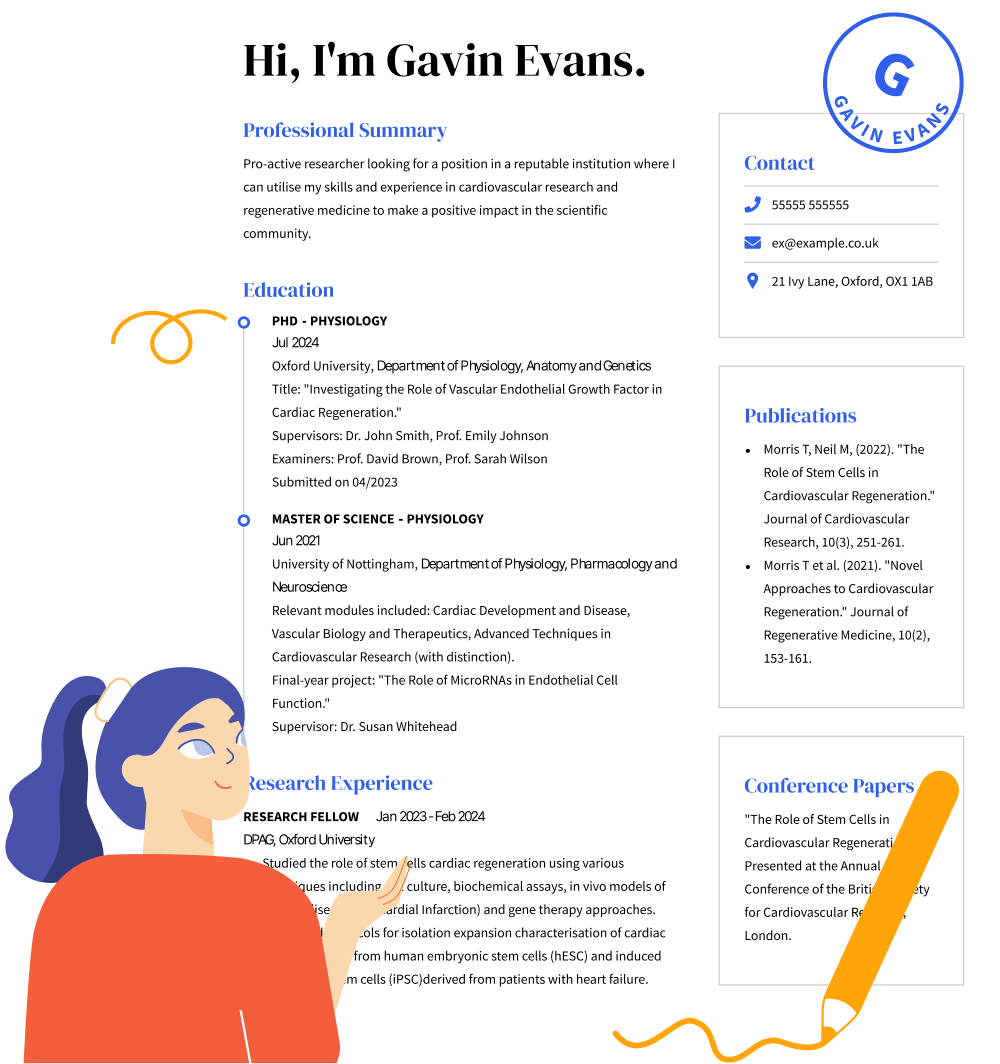
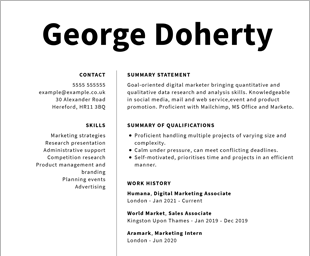
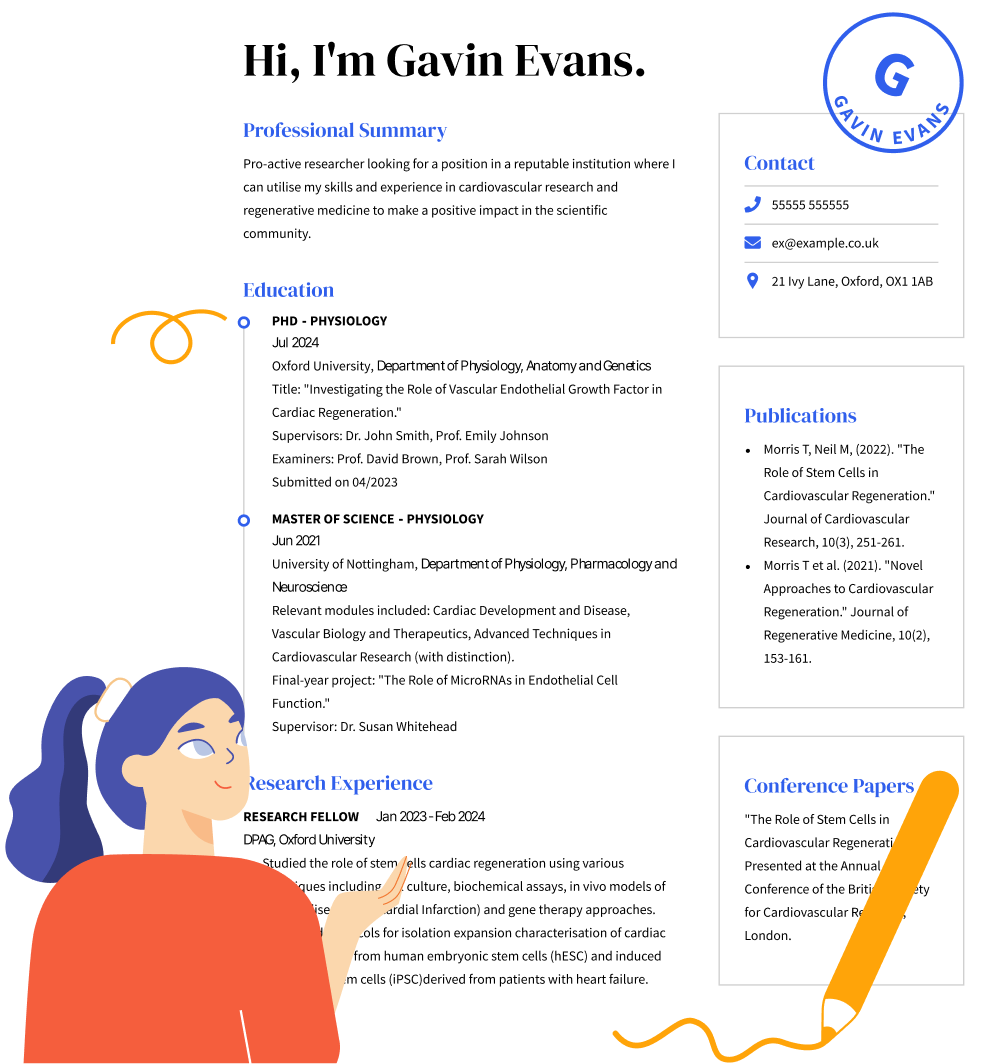
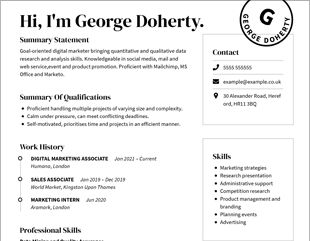
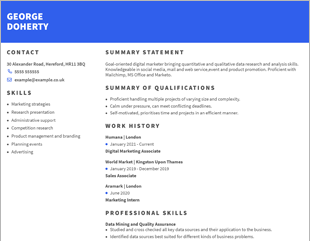
OUR USERS HAVE BEEN HIRED BY
From unprofessional fonts to CV so riddled with spelling errors that they clearly haven’t been proofread, there are many bad CV examples out there. This is unfortunate because your CV is one of the most essential tools for gaining employment, and what makes you stand out to hiring managers. When you come across a bad CV example, whether it is your own or someone else’s, don’t be too quick to look away. If you study a bad CV carefully, you can actually learn from the mistakes and use that knowledge to make sure you have the best CV possible for your next application.
While there is no such thing as a perfect CV, there is such a thing as a universally bad one. While every job application is unique, bad CV examples tend to have a few things in common no matter what job role they were intended for:
1. Difficulty in scanning the CV
A bad CV will be hard to read, both for hiring managers and the applicant tracking system (ATS) they often use to scan CV. This can be caused by improper fonts or font sizes, a bad layout, typos or a blend of these issues. A bad CV will be hard to read, and this often leads to it being discarded.
2. No uniqueness to the application
Bad CV examples also tend to be generic. People who use the same CV for every job application are not likely to have a high success rate. Tailoring your CV to each job description, and emphasising skills and achievements that are mentioned in the job posting will ensure you’re submitting a good CV and improve success rates.
3. Doesn’t highlight appropriate strengths and certifications
Even if your CV has a complete record of your work history and a packed skills section, it will still be considered a bad CV if it doesn’t address the requirements of the job you apply for. Bad CV examples almost always fail to highlight relevant skills, qualifications and personal strengths to match the intended job description. Think of a bad CV like a badly fitted outfit — it doesn’t matter how good it looks on the hanger if it simply doesn’t fit. As such, the main thing bad CV examples can teach you is that tailoring your own CV to each job application is a great piece of advice.
It can be very useful to compare bad CV examples to your own CV to see what differences and similarities there are so you can improve your CV. Here are some bad CV examples with common CV writing mistakes:
The passive CV
A lack of active verbs and language in the work experience and skills section is a sure sign of a bad CV. Here’s an example:
Sophie Smith
Digital Marketing Manager — DigiStan (Present)
I am responsible for creating engaging and unique digital marketing campaigns for our clients. I have been tasked with managing three customer accounts.
This is the CV of a passive underachiever. Hiring managers will have little interest in this CV because being responsible for a task isn’t the same as being good at that task. A better example would be:
Sophie Smith
Digital Marketing Manager — DigiStan (Present)
Managed three successful digital marketing campaigns for DigiStan clients. Developed a social media campaign for ABC Company that resulted in a sales increase of 40% and a 300% increase in social media engagement across all platforms.
This is a CV that gives details and shows a job seeker who takes ownership of their career. Action verbs, peppy phrases and clever word choices make a huge difference when writing a CV.
The “no attention to detail” CV
There is no point at which a slew of typos, grammatical errors and clumsy wording will make a CV look good. Attention to detail is a soft skill that many people claim to have, and if you do it will look even worse if you have spelling issues. Here’s an example of a sloppy resume that makes a bad first impression:
Charles Greer
Junior Accountant – CookedBooks (Preset)
As a junior accountant I am responsible for tracking incoming invoices and overseeing outgong payments on behalf of CookedBooks clients. Over my three years in the company, I have developed a system of filling that reduces human error by an average of 15% and has saved the company thousands of dollars.
This job seeker emphasises important experiences and uses action verbs, but the CV is sloppy with misspellings, typos and unwieldy sentences. Clear communication would help this candidate’s case, as well as a quick spell check. Here’s a better example:
Charles Greer
Junior Accountant – CookedBooks (Present)
Reviewed and processed invoices, sales tax, and purchase orders while ensuring the accuracy of all data. Developed a filing system that directly contributed to 15% reduction in human errors, with a savings of thousands of dollars.
Thankfully this junior accountant is filing rather than “filling” his clients’ taxes. While the meat of this CV remains the same, this properly spelled, clearly communicated example is proof that having the skills is only part of the battle.
Other CV mistakes include overusing buzzwords, such as calling yourself a “go-getter” or a “team player.” As well as consulting bad CV for ideas about what not to do when writing your own, you can look at good examples and CV tips via CVHelp. These popular CV examples will help you see what you should be doing so you can create a professional CV for your job search.
Broadly speaking, good CV and bad CV are separated by organisation, professionalism, tailoring of information and formatting. Most CV mistakes center around a job seeker’s unwillingness to tailor their CV and cover letter for each role. Though this process can be time-consuming, it is not a waste of time. Be careful with your CV format, mirror the job description’s requirements and focus on the specifics of your work experience in order to create a good CV.
Taking the time to tailor your CV to each application makes it more likely that you will make it through ATS and increases the chance that a recruiter will be interested in following up on your application. And while it’s helpful using a CV template, take the time to personalise it and make it your own.
Assuming you have created a CV that is tailored to your job search and created a cover letter that is unique to the job role you are applying for, there is a high likelihood that you have created a good CV. However, if you want to be certain, you can take the time to make sure you haven’t made any mistakes.
We personalize your experience.
We use cookies in our website to ensure we give you the best experience, get to know our users and deliver better marketing. For this purpose, we may share the information collected with third parties. By clicking “Allow cookies” you give us your consent to use all cookies. If you prefer to manage your cookies click on the “Manage cookies” link below.